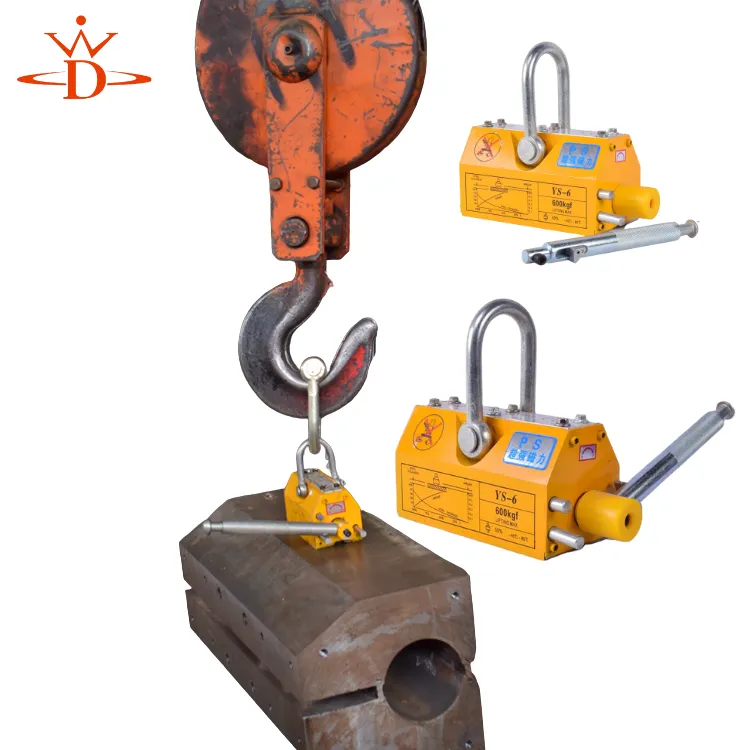Understanding the Key Components of Gantry Crane Systems for Improved Performance
Gantry Crane Components An In-Depth Exploration
Gantry cranes are ubiquitous in various industrial and construction settings, valued for their versatility and efficiency in lifting and moving heavy loads. Comprising multiple components, each part plays a critical role in the crane's overall functionality and safety. In this article, we will explore the essential components of a gantry crane, providing insights into their functions, importance, and maintenance needs.
1. Structure
The primary structure of a gantry crane consists of two vertical legs and a horizontal beam often referred to as the girder. The legs are typically made from steel and are designed to bear heavy loads. The horizontal beam spans the distance between the legs and is where most of the lifting components are mounted. This robust construction allows the gantry crane to support substantial weight while stabilizing during operation.
2. Hoist Unit
The hoist unit is arguably one of the most crucial components of a gantry crane. It contains the motor, gearbox, and lifting mechanism (such as a hook or grab). The hoist is responsible for raising and lowering loads with precision. Depending on the application, different types of hoists can be used, including electric chain hoists and wire rope hoists. The chosen hoist impacts the lifting speed, load capacity, and overall efficiency of the crane.
3. Travel Mechanism
Gantry cranes utilize a travel mechanism to move the hoist along the horizontal beam. This mechanism often consists of wheels or rollers that allow smooth movement along the track. The wheels are typically fitted with precision bearings to facilitate easy operation. Additionally, the travel mechanism may include electric motors and drive systems that enhance performance and control. Proper maintenance of this system is crucial, as any malfunction can lead to operational inefficiencies or safety hazards.
4
. Control Systemkomponen gantry crane

A gantry crane’s control system is essential for safe and precise operation. Operators can control the hoist, travel, and movement of the crane through pendant controls, remote controls, or a computer-based system. Advanced cranes may incorporate smart technologies, such as sensors and automation, to improve precision and enhance safety. The control system's design directly affects the crane's usability, allowing operators to maneuver loads with accuracy.
5. Safety Features
Safety is paramount in crane operations, and gantry cranes are equipped with several safety features. One critical component is the limit switch, which prevents the hoist from exceeding its designed lifting parameters. Additionally, overload protection systems ensure that loads do not exceed the crane's rated capacity. Other features, such as emergency stop buttons, anti-collision systems, and safety locks, are essential to protect both operators and loads from accidents.
6. Foundation and Stability System
The stability of a gantry crane is significantly influenced by its foundation and design. Proper installation on a solid, level base is crucial to prevent tipping or instability during operation. Some gantry cranes are equipped with additional stabilization systems, such as outriggers or ballast, to enhance their stability, especially when lifting heavy loads. Regular inspections and maintenance of the crane's foundation help ensure safe and efficient operation.
7. Maintenance Considerations
Regular maintenance of gantry crane components is essential for optimal performance and safety. Routine checks should include inspecting the hoist for wear and tear, lubricating moving parts, and verifying the functionality of the control systems. Additionally, all safety features must be tested periodically to ensure they are operational. Proper maintenance not only extends the lifespan of the crane but also minimizes the risk of accidents and operational downtime.
Conclusion
Gantry cranes are invaluable assets in various industries, owing much of their effectiveness to their well-engineered components. Each part, from the structure to the control systems, plays a pivotal role in ensuring the crane operates smoothly and safely. Understanding the components and their functions can empower operators and maintenance personnel to enhance performance and safety in lifting operations. As technology advances, the integration of smart systems will further improve the efficiency and safety of gantry cranes, making them indispensable tools in modern industrial applications.
-
Dawei Hand Pallet Truck 1200mm, 2000–5000 KGS Heavy-DutyNewsNov.17,2025
-
Dawei Hand Pallet Truck, Fork Length 1200mm, 2000–5000kgNewsNov.17,2025
-
Large Equipment Movers – Safe, Insured & On-Time ServiceNewsNov.17,2025
-
Machine Moving Dollies | Heavy-Duty, Low-Profile, SafeNewsNov.17,2025
-
Permanent Lifting Magnet - Heavy-Duty, Safe, Quick ReleaseNewsNov.11,2025
-
PML 1000 Lifting Magnet - Heavy-Duty, Safe, No PowerNewsNov.11,2025
-
Large Equipment Movers: Safe, Fast, Certified ProsNewsNov.11,2025
